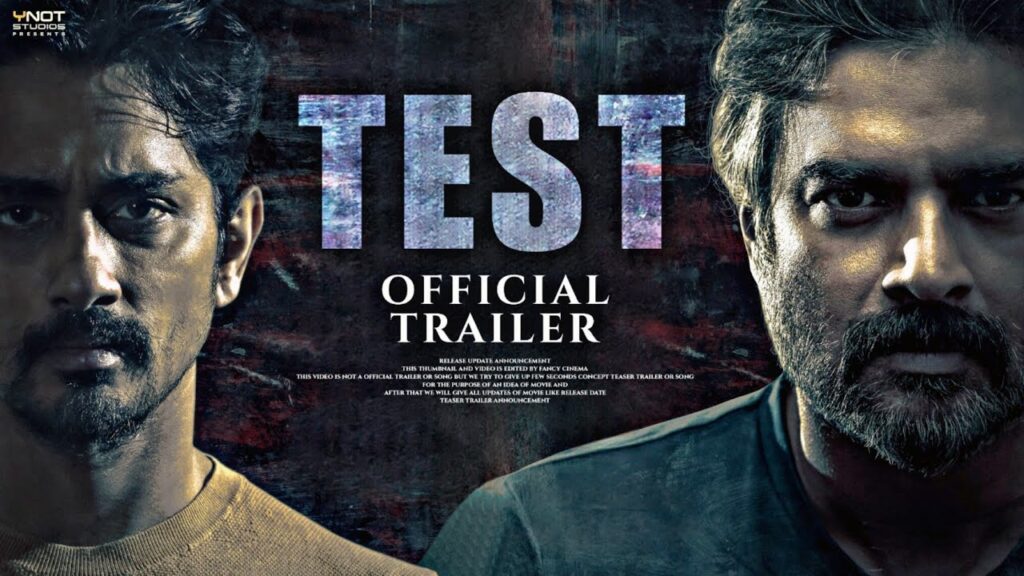Test Movie
The Test Case (Movie)
The Evolution of Movies: A Journey Through Cinematic History
Movies have been an integral part of global entertainment for over a century. From the silent films of the early 20th century to the high-budget blockbusters of today, cinema has continuously evolved, shaping and reflecting society in profound ways. With advancements in technology, storytelling, and audience preferences, movies have transformed into a powerful medium of artistic expression and cultural representation. This article explores the history, impact, and future of movies, highlighting their role in shaping the entertainment industry.
The Birth of Cinema
The origins of cinema date back to the late 19th century when inventors like Thomas Edison and the Lumière brothers developed early motion picture cameras. The first films were simple, short recordings of everyday life, but they soon evolved into longer narratives. One of the earliest known films, A Trip to the Moon (1902) by Georges Méliès, demonstrated the creative potential of cinema by incorporating special effects and imaginative storytelling.
By the 1920s, silent films had become a global phenomenon, with legendary stars like Charlie Chaplin, Buster Keaton, and Mary Pickford captivating audiences worldwide. The introduction of synchronized sound in The Jazz Singer (1927) marked a major turning point, leading to the rise of the “talkies” and the birth of modern cinema.
The Golden Age of Hollywood
The 1930s and 1940s are often considered the Golden Age of Hollywood, a period characterized by the dominance of major studios such as MGM, Warner Bros., and Paramount. Iconic films like Gone with the Wind (1939), Casablanca (1942), and The Wizard of Oz (1939) set new standards for filmmaking, combining compelling storytelling with groundbreaking cinematography.
During this era, Hollywood developed the “star system,” where actors like Humphrey Bogart, Audrey Hepburn, and Marlon Brando became household names. The industry also experimented with different genres, including film noir, musicals, and epics, solidifying cinema’s role as a form of mass entertainment.
The Rise of Global Cinema
While Hollywood dominated much of the early film industry, other regions began developing their own cinematic traditions. The post-war period saw the rise of international cinema, with influential directors like Akira Kurosawa (Seven Samurai), Federico Fellini (La Dolce Vita), and Satyajit Ray (Pather Panchali) earning critical acclaim.
The 1960s and 1970s witnessed a wave of new movements such as the French New Wave, Italian Neorealism, and Bollywood’s rise in India. Films like Breathless (1960) and Bicycle Thieves (1948) broke traditional storytelling norms, embracing experimental techniques that inspired future generations of filmmakers.
Blockbusters and the Modern Film Industry
The late 20th century saw the emergence of the blockbuster era, beginning with Jaws (1975) and Star Wars (1977). These films revolutionized the industry by introducing large-scale marketing campaigns and worldwide theatrical releases. Directors like Steven Spielberg and George Lucas redefined storytelling with cutting-edge special effects and immersive world-building.
The 1990s and early 2000s brought a mix of independent and mainstream success. Quentin Tarantino (Pulp Fiction), Christopher Nolan (The Dark Knight), and James Cameron (Titanic) pushed cinematic boundaries, proving that both artistic vision and commercial success could coexist.
The Digital Revolution
The advent of digital filmmaking in the 21st century transformed how movies were produced and consumed. Computer-generated imagery (CGI) became more sophisticated, allowing for visually stunning spectacles like Avatar (2009) and The Avengers series.
Streaming services like Netflix, Amazon Prime, and Disney+ further disrupted the industry by offering direct-to-consumer content, challenging traditional theatrical releases. Independent filmmakers found new opportunities through crowdfunding platforms and social media, democratizing access to filmmaking.
The Impact of Movies on Society
Movies are more than just entertainment—they serve as powerful tools for cultural representation, political commentary, and social change. Films like Schindler’s List (1993), 12 Years a Slave (2013), and Parasite (2019) shed light on historical injustices, raising awareness and sparking global discussions.
The representation of diversity in cinema has also evolved. While early Hollywood often sidelined minority voices, recent years have seen a push for inclusivity, with films like Black Panther (2018) and Everything Everywhere All at Once (2022) celebrating diverse stories and perspectives.
The Future of Movies
The future of cinema is constantly evolving with advancements in artificial intelligence, virtual reality, and immersive storytelling techniques. Interactive films, such as Netflix’s Black Mirror: Bandersnatch, hint at a future where audiences can influence narratives in real time.
Despite challenges like the COVID-19 pandemic, which accelerated the shift toward digital releases, theatrical experiences remain a cherished part of cinema culture. Blockbusters like Dune (2021) and Spider-Man: No Way Home (2021) proved that audiences still crave the magic of the big screen.
Conclusion
Movies have come a long way from their humble beginnings to becoming a dominant force in global entertainment. Whether through technological innovation, compelling storytelling, or cultural impact, cinema continues to captivate audiences worldwide. As the industry adapts to new challenges and opportunities, one thing remains certain: movies will always have the power to inspire, entertain, and connect people across generations.

